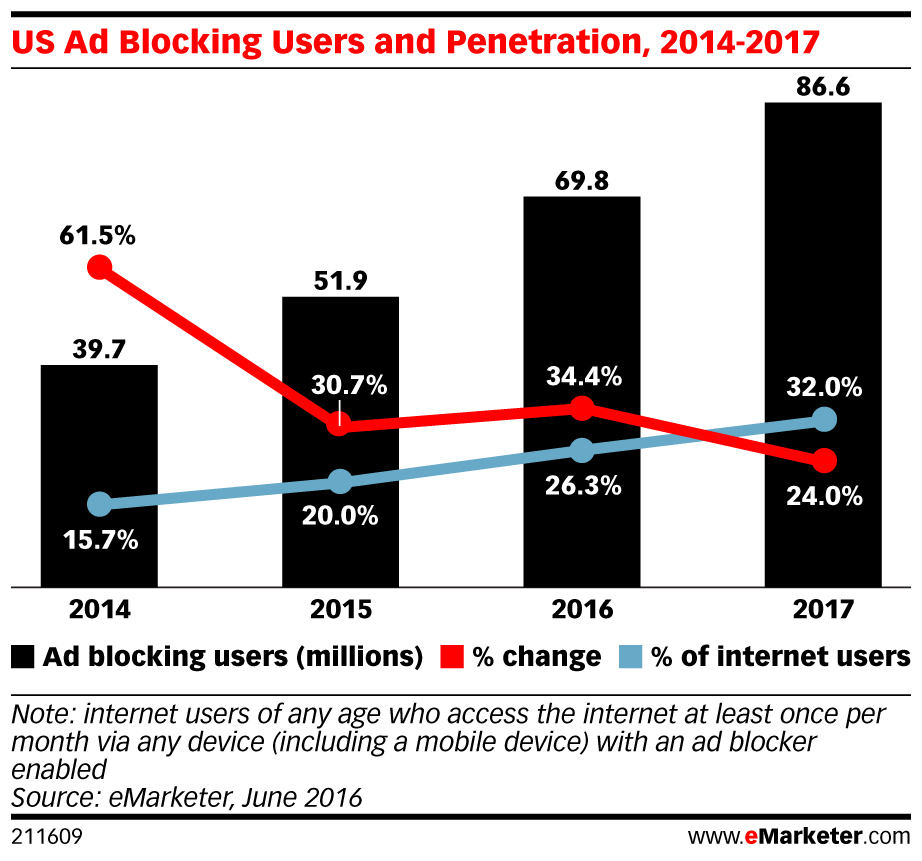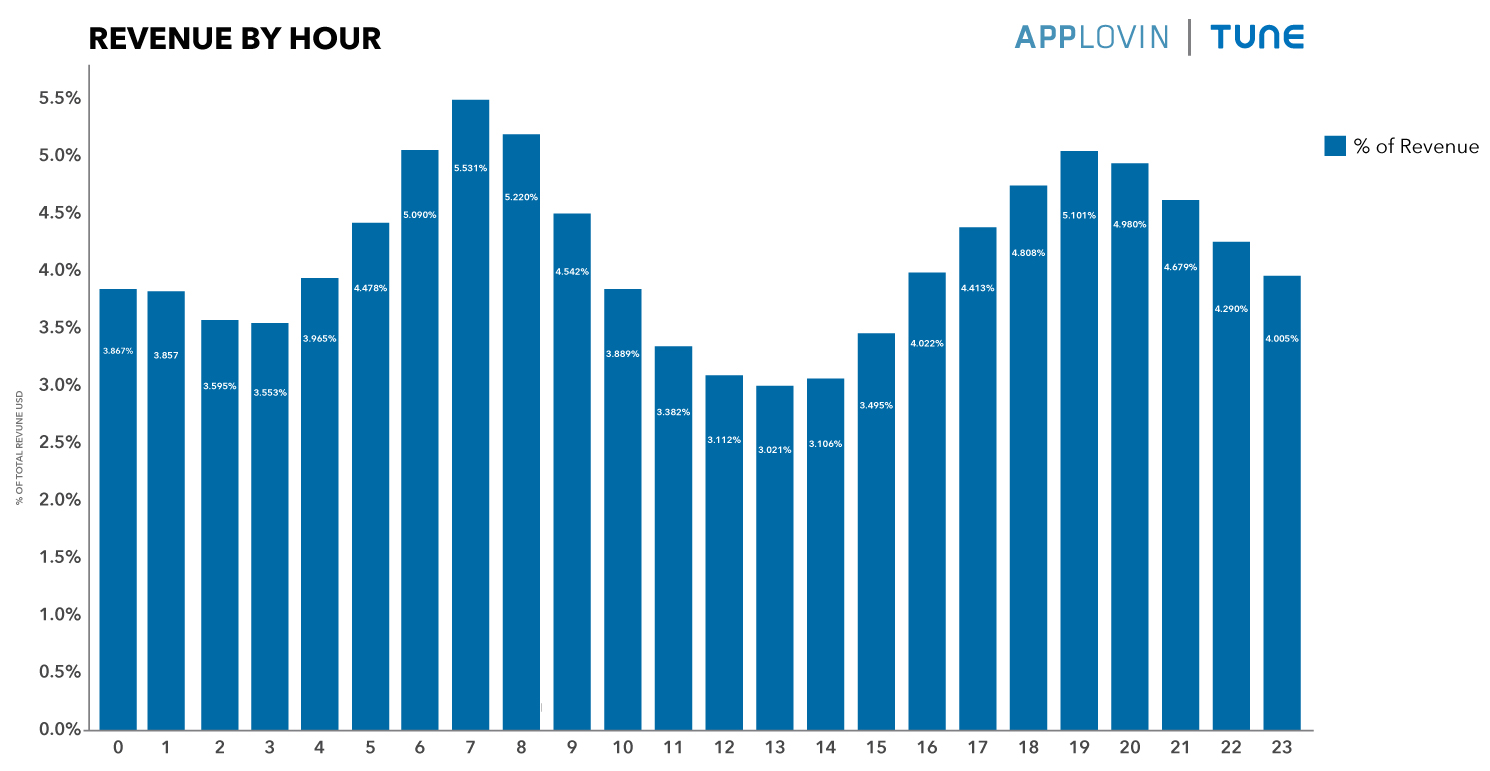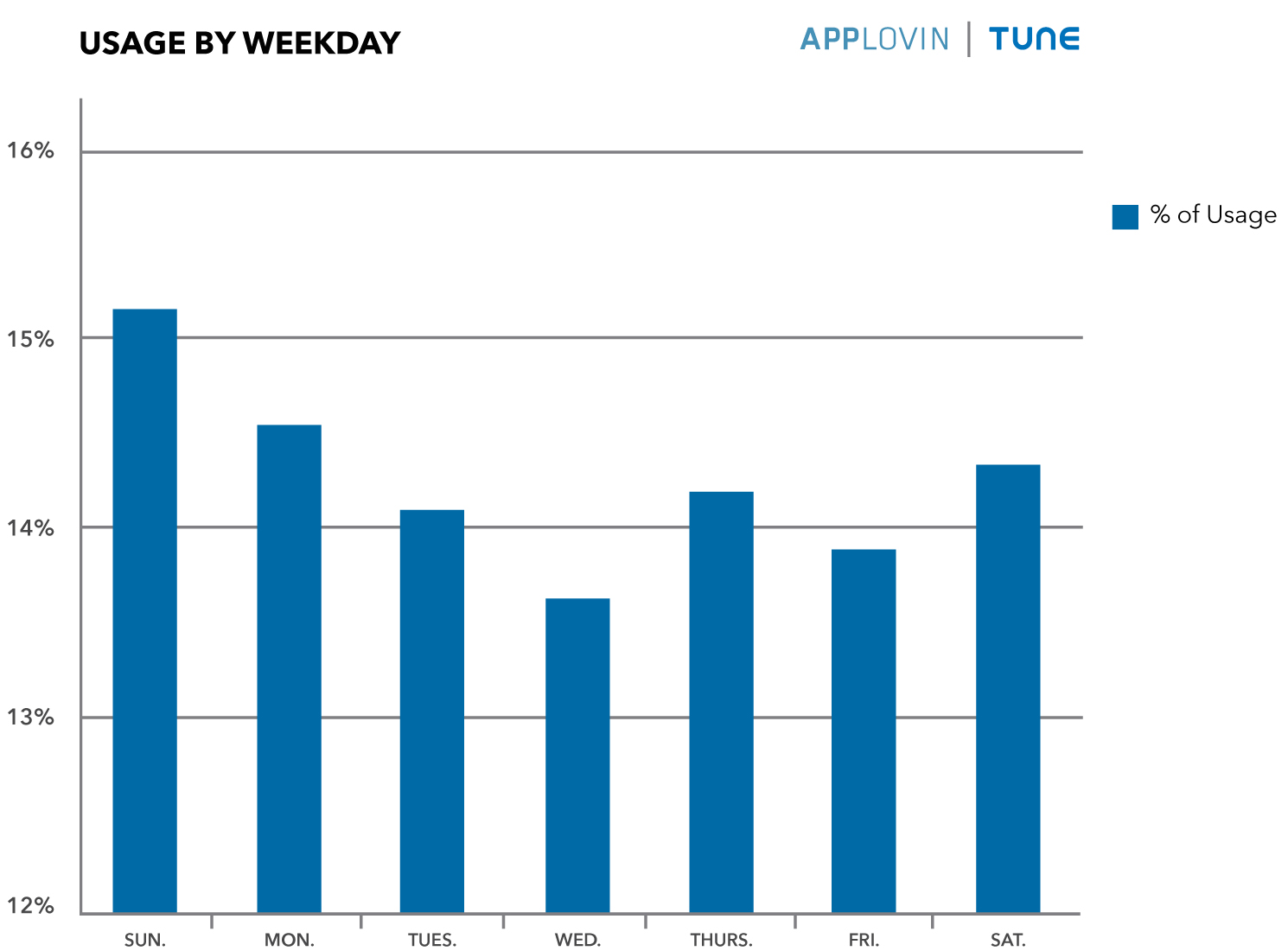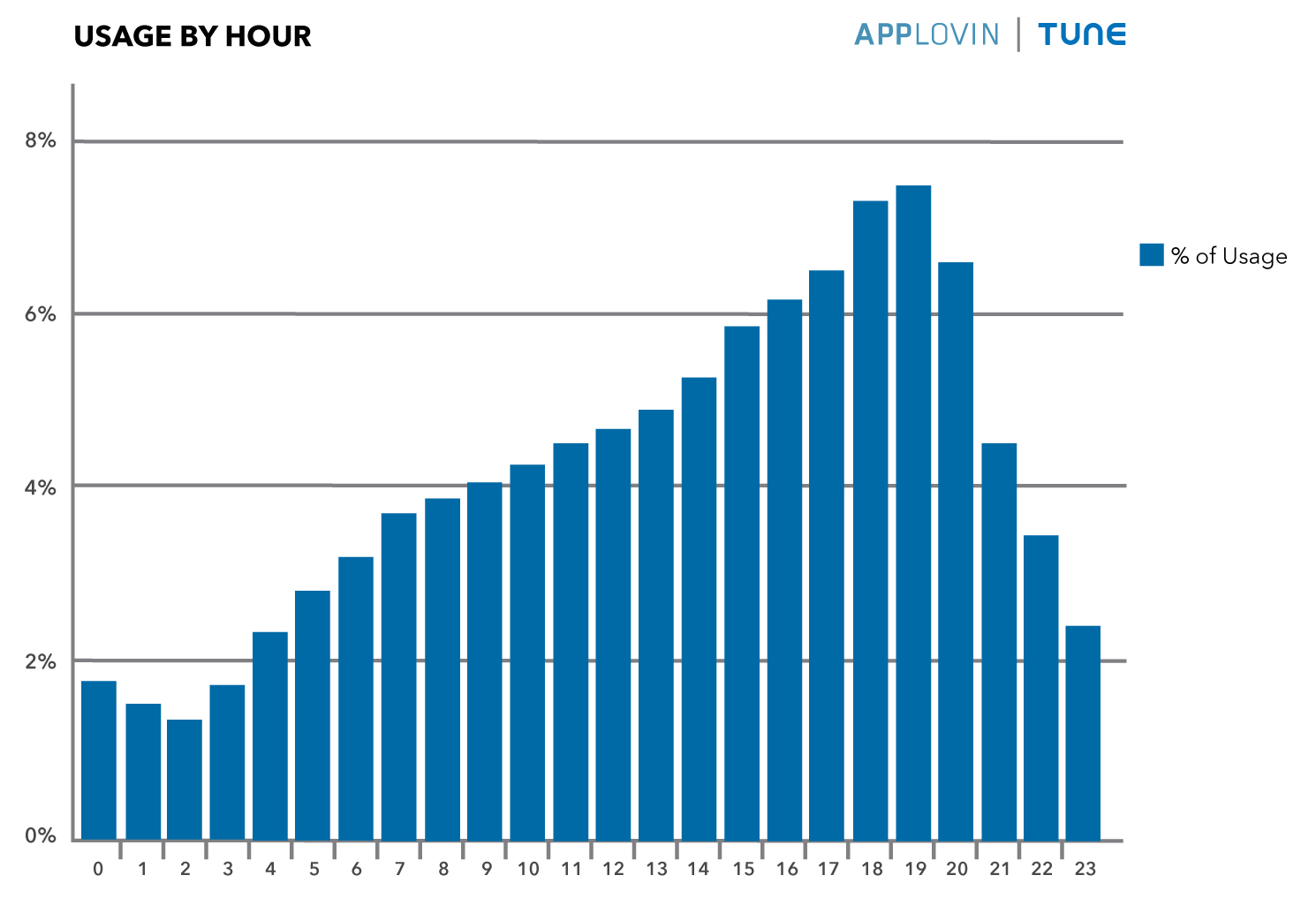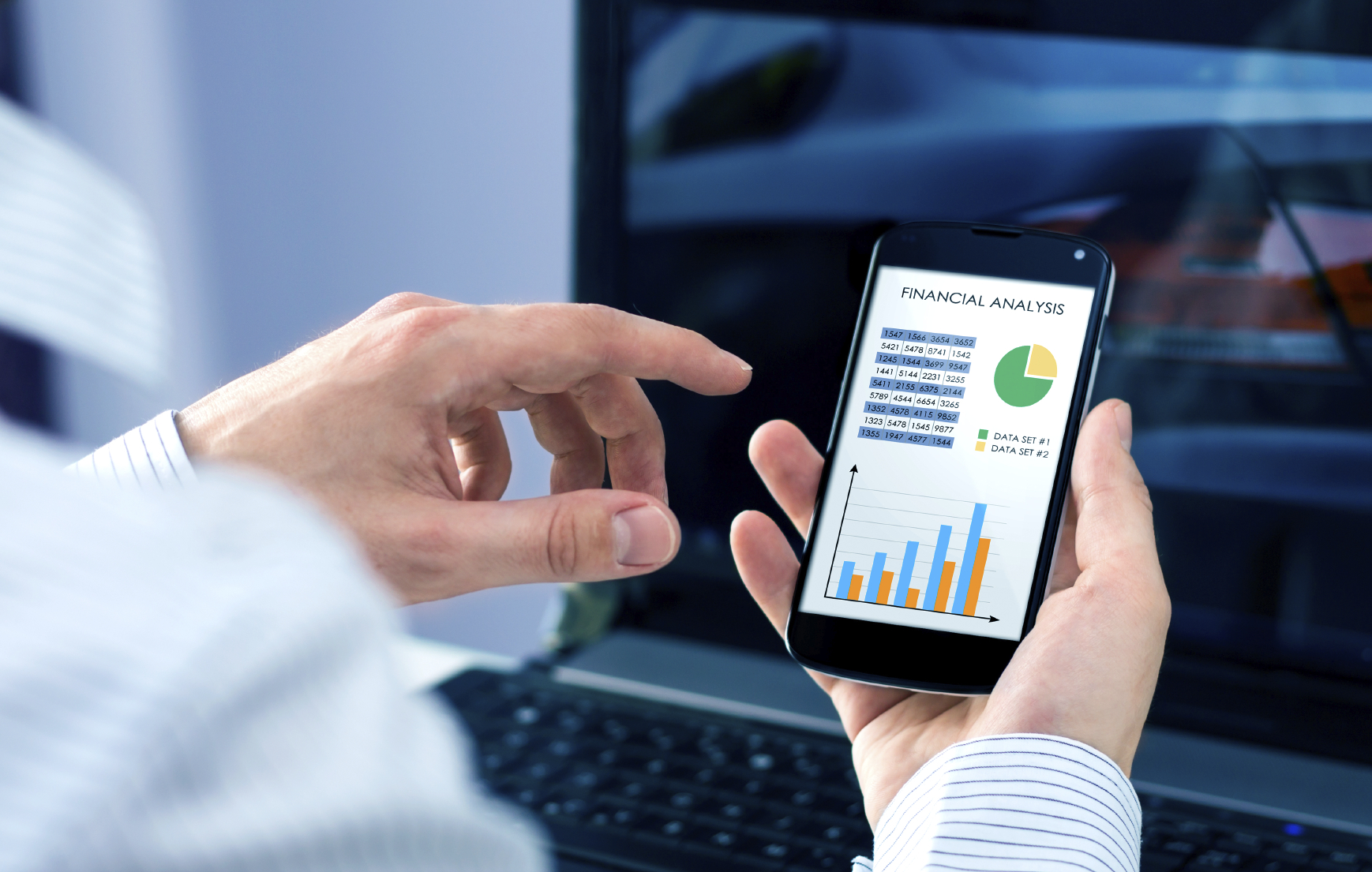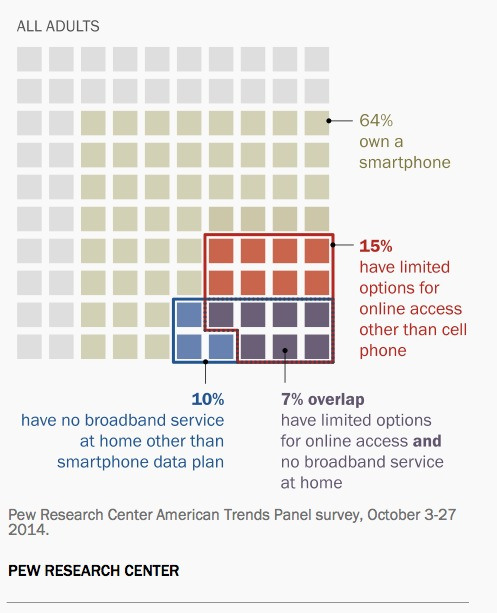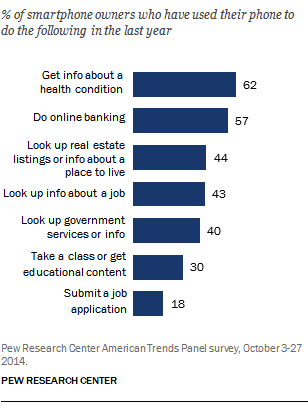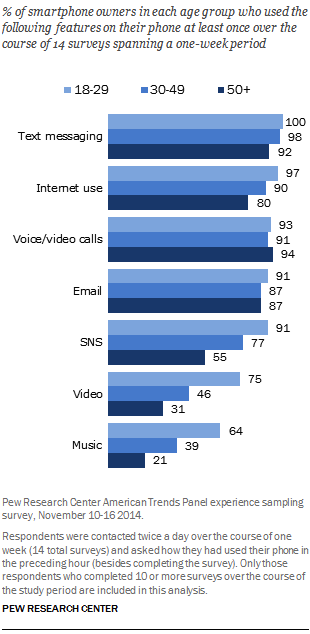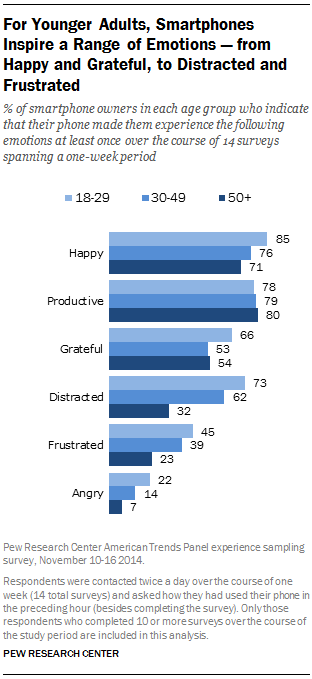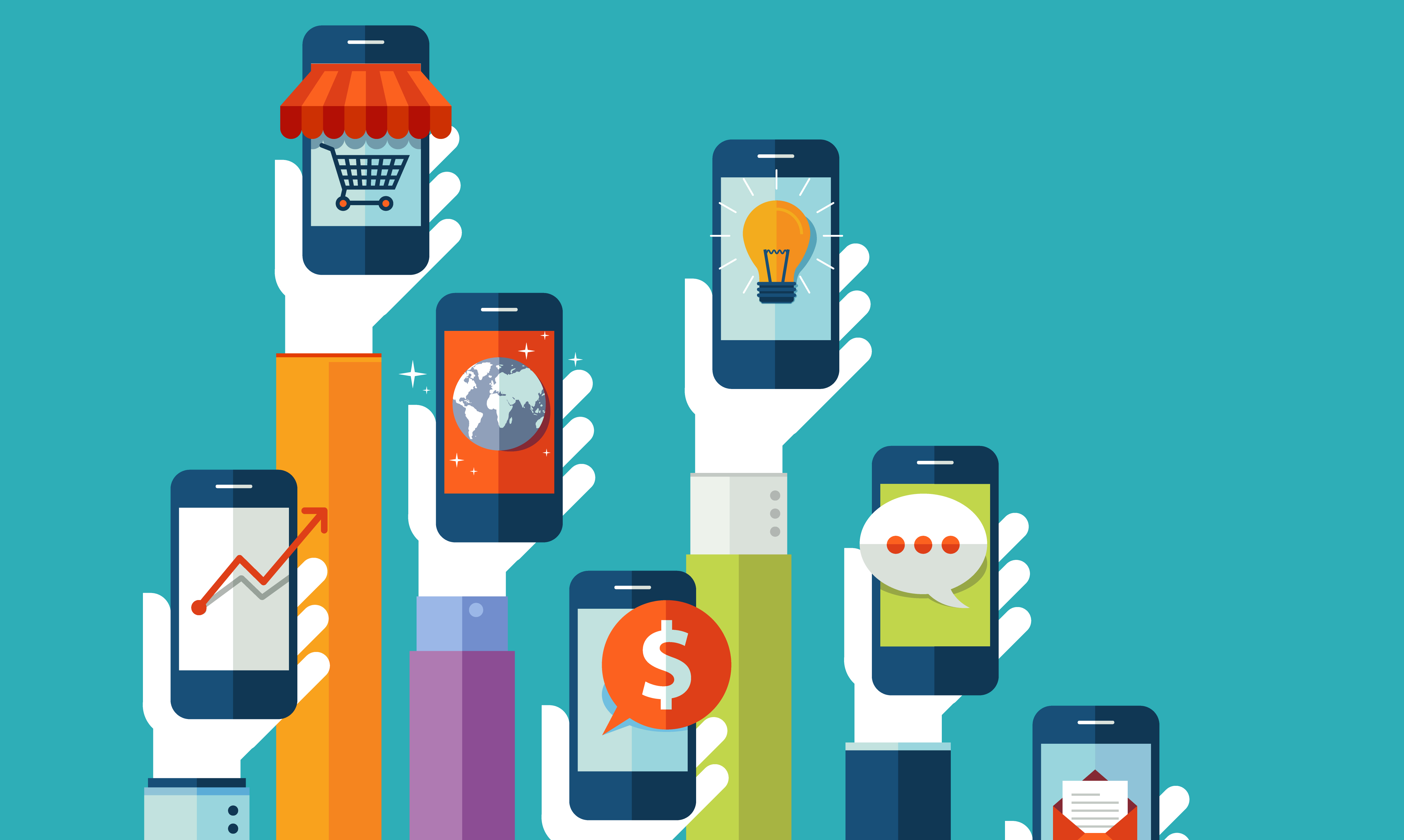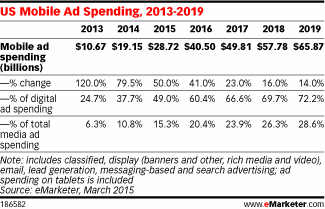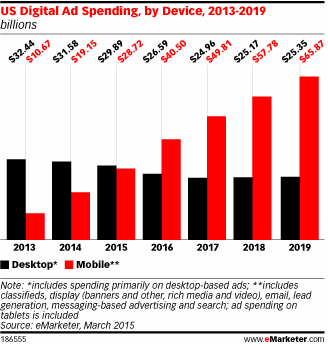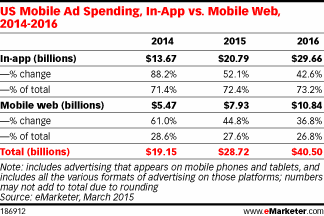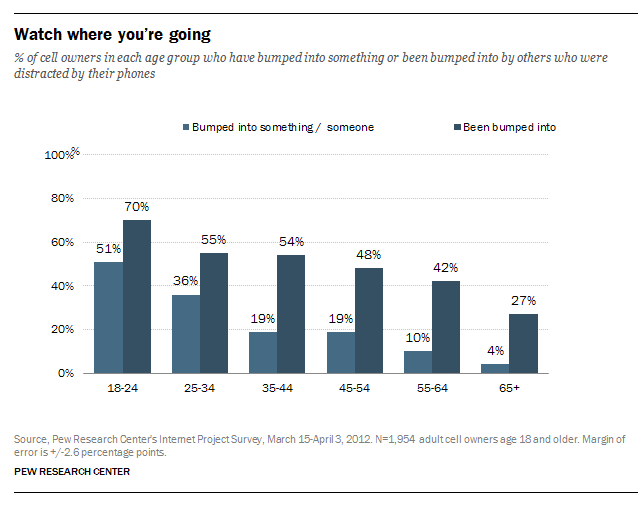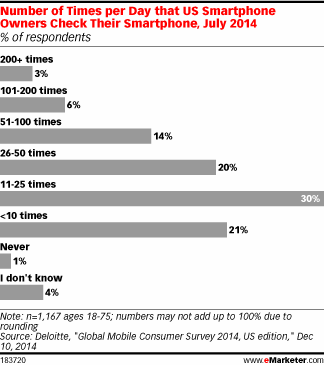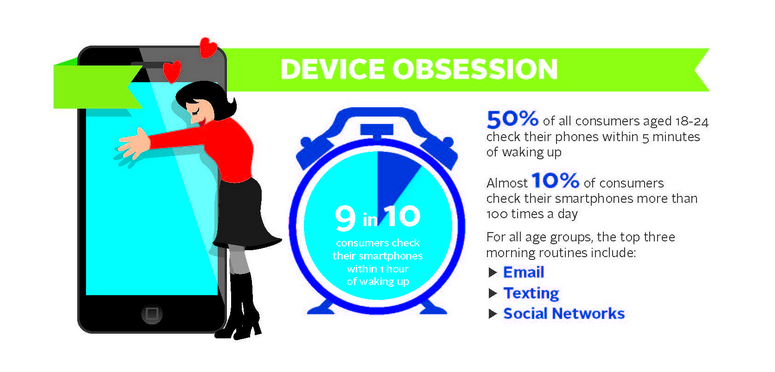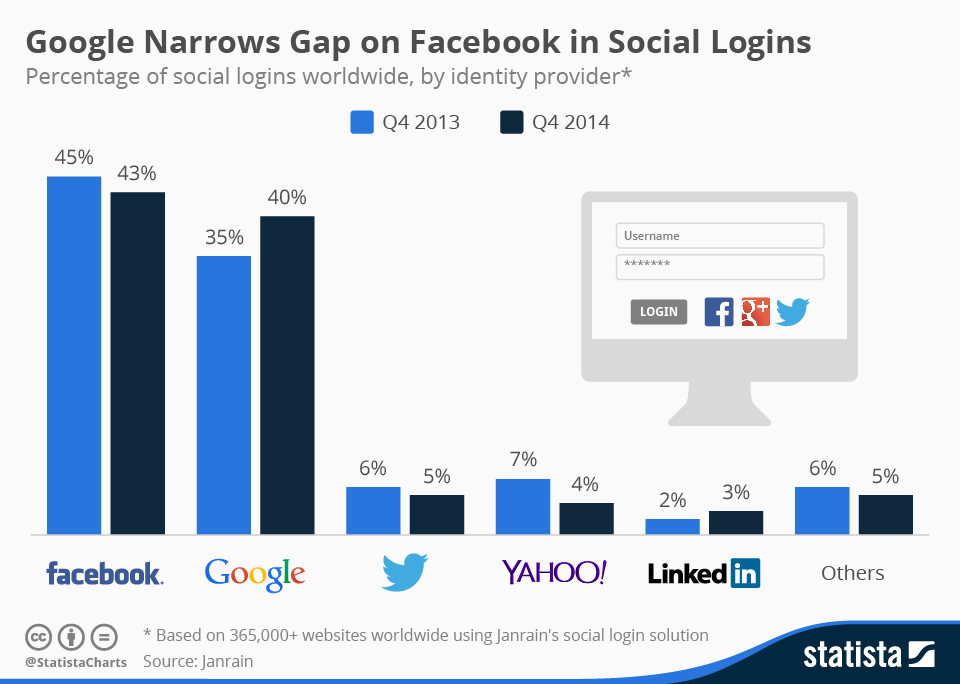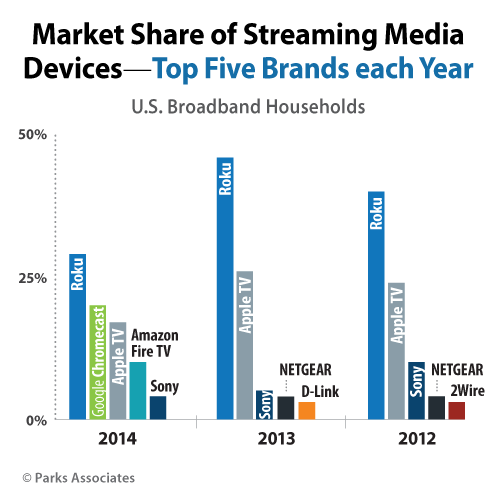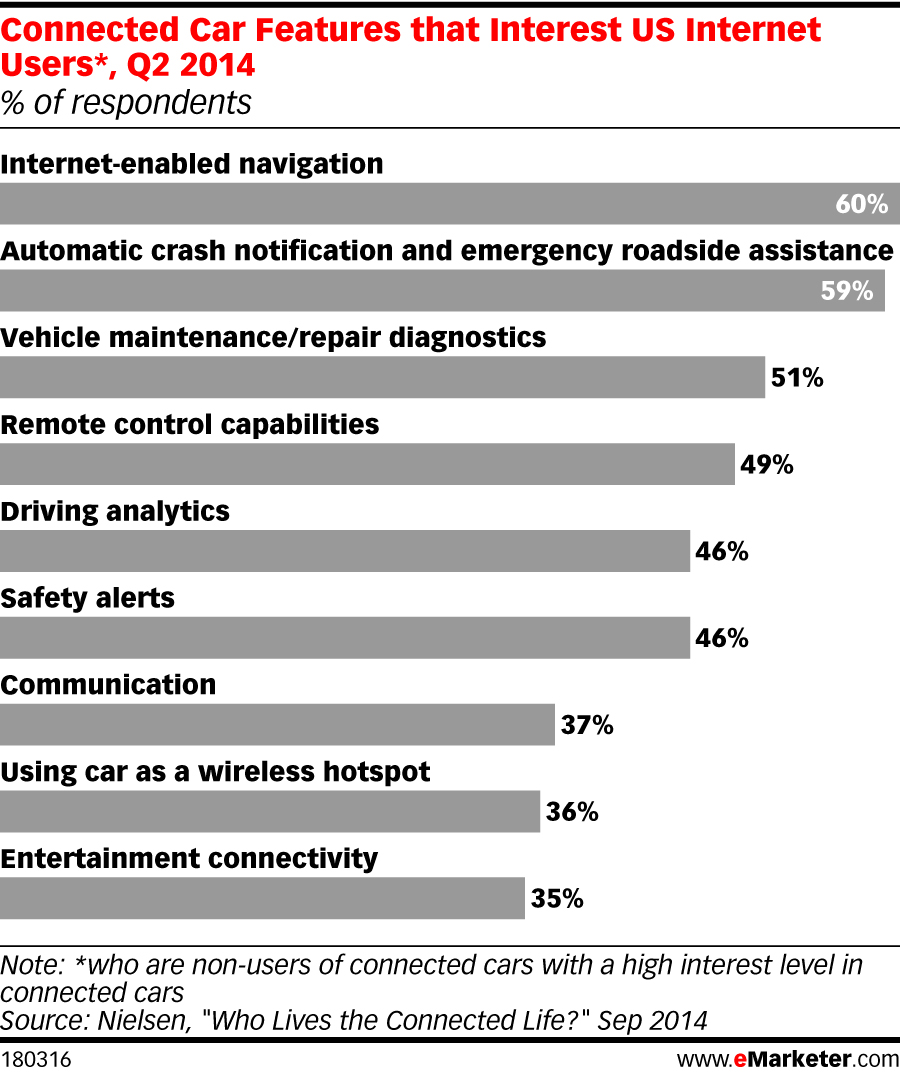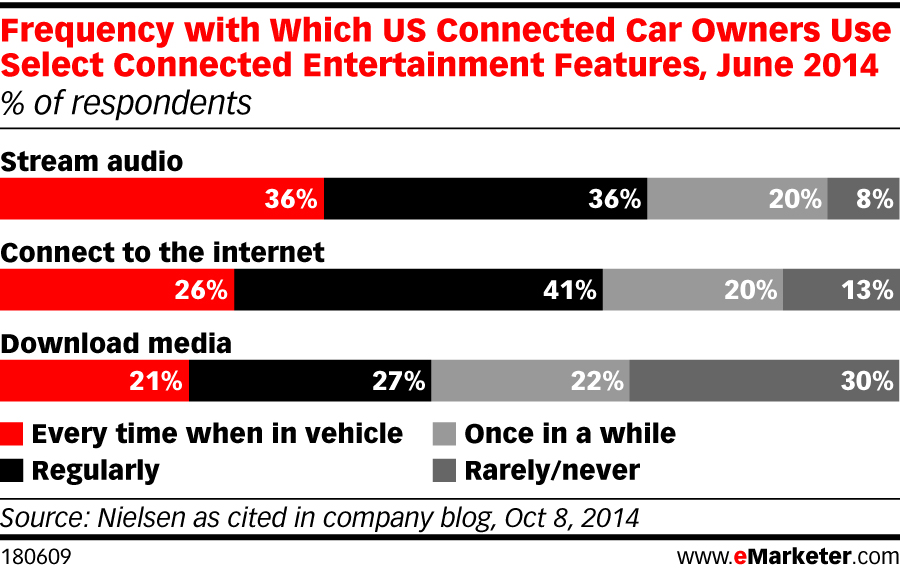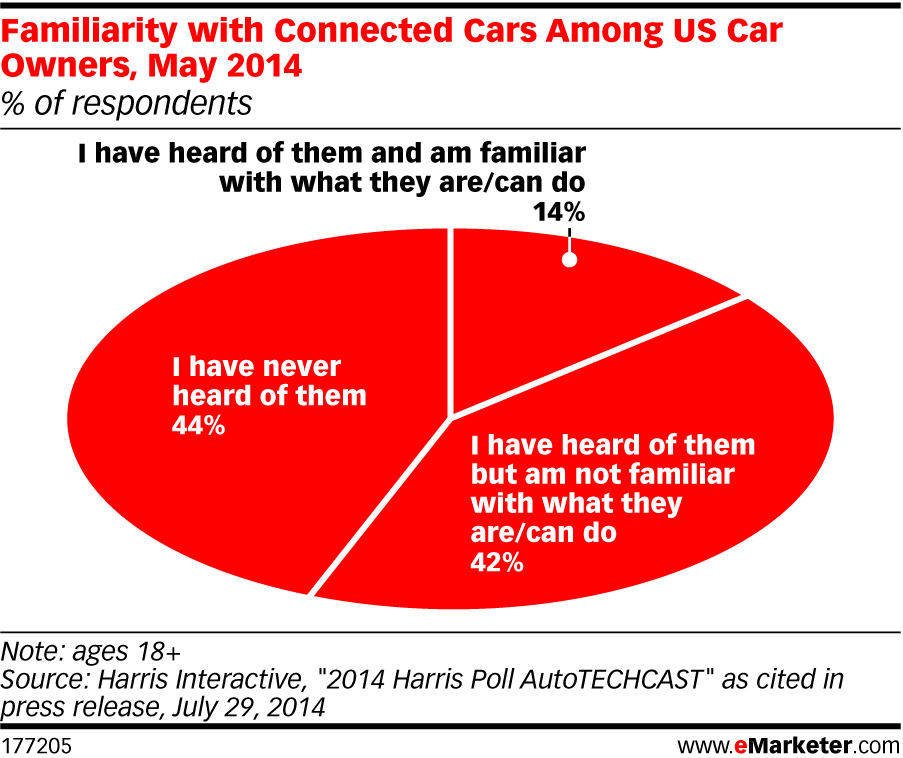What Happened
Mobile shopping continues to rise in prominence as reports on this year’s Black Friday sales start to roll in. According to a report from Adobe, this past Black Friday set a new record in online sales with $3.34 billion, a 21.6% growth year-over-year. Mobile shopping accounted for $1.2 billion, about one third of the total online volume, a 33% y-o-y increase. Major retailers such as Amazon, Walmart, and Target reported that mobile traffic and sales were on the rise, with Target saying that 60% of its Thanksgiving sales were done on mobile devices.
While the total sales number from brick-and-mortar retail still dwarfs that of ecommerce, data from multiple reports suggest that it is in decline. Analytics firm RetailNext says net sales at brick-and-mortar stores fell 5.0% over the Black Friday weekend, while the number of transactions fell 7.9%. According to retail research firm ShopperTrak, physical store visits fell 1% during Thanksgiving and Black Friday when compared with one year ago.
What Brands Should Do
As ecommerce, especially mobile commerce, continues to grow and erode physical retail, brands and retailers can no longer simply rely on traditional distribution and sales channels to effectively reach a migrating consumer base. As the numbers show, retailers and brands operating physical stores will need to learn to properly utilize tools in mobile, email and social promotions to boost sales and update their retail strategies with a mobile-powered, omnichannel approach.
The Lab has extensive experience working with retail and CPG clients to develop and implement digitally-enhanced retail experiences. The recently-opened NYX Cosmetics store at Union Square is a proud showcase of our team’s work in crafting a digitally enhanced, innovative retail experience. If you’d like to learn more about how your brand can develop an omnichannel retail strategy and mobile-driven retail solutions, please contact our Client Services Director Samantha Holland ([email protected]) to schedule a visit to the Lab.
Sources: TechCrunch & Reuters


